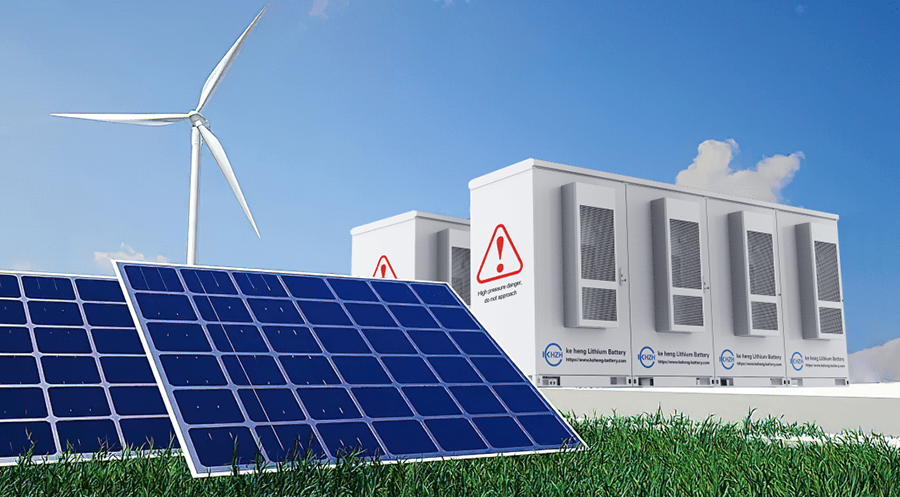
Go Green and Achieve Energy Independence with Lithium-Ion Batteries
The advancement of technology relies on constantly pushing the boundaries of what is possible, aiming to create the tools of tomorrow, today. It was with this mindset that John B. Goodenough, M. Stanley Whittingham, and Akira Yoshino collaborated to develop the lithium-ion battery, a groundbreaking achievement that earned them the collective Nobel Prize in Chemistry in 2019.
The ubiquity of the lithium-ion battery in nearly every electronic device, from mobile phones and laptops to electric cars and renewable resource storage, marks it as one of the most significant technological advancements of our time.
Comparing the Lithium-Ion and Lead Acid Batteries The adoption of lithium-ion batteries sparked a revolution, leading to the development of more intricate and compact devices. As mobile phones became smaller, computers became portable, and tablets evolved from concept to reality, researchers explored alternatives but none have come close to matching the high capacity and voltage of lithium-ion batteries.
On the other hand, there is the lead-acid battery, the oldest rechargeable battery in existence, invented by French physician Gaston Planté in 1859. Although still widely used due to its relative cost, lead-acid batteries have certain disadvantages that diminish their suitability as a modern-day solution.
Cost: While lead-acid batteries may have a lower upfront cost, their shorter lifespan and the need for regular maintenance make them less cost-effective in the long run. Lithium batteries are initially more expensive but are maintenance-free and boast a significantly longer lifespan. When considering the frequent replacements required for lead-acid batteries, the cost equation shifts in favor of lithium-ion.
In addition to long-term cost savings, lithium-ion enhanced storage units also offer the environmental benefit of recyclability, with some batteries even being recycled back into batteries, further reducing the overall carbon footprint.
Depth of Discharge: Lead-acid batteries can only be discharged to 50%, beyond which there is a risk of negatively affecting their lifespan. In contrast, lithium batteries can handle deep discharges of 90% or more.
Efficiency: Lithium batteries are more efficient, allowing for greater storage and utilization of solar power.
The energy density of lithium batteries is much higher than lead-acid, enabling them to store more capacity in less space.
Charge Rate: Lithium batteries have a faster charge rate, accepting a higher amperage from the charger and refilling much faster than lead-acid batteries.
Lead-acid batteries are limited in the amount of charge they can handle, as they may overheat if charged too quickly. Additionally, the charge rate significantly slows as full capacity is approached, resulting in longer charging times compared to lithium alternatives.
Charging: Charging a lead-acid battery can take more than 10 hours, while lithium-ion batteries can charge in as little as a few minutes to 3 hours, depending on the battery size. Lithium-ion batteries can handle a faster rate of current, allowing for quicker charging compared to lead-acid batteries.
The City Light Advantage Lithium-ion batteries form the core of the Smart Energy Storage unit. This compact unit, complemented by a battery management system and intelligent energy storage management software (SmartFlow), can store up to four times the energy while occupying the same physical space as a dry or wet lead-acid battery.
The Smart Energy Storage unit’s modular design allows for wall mounting to save space, eliminating the need for a dedicated room for a bulk battery bank. Lithium-ion batteries are central to City Light’s Smart plus Storage System, offering efficiency, long battery life, and various other benefits to build a system for the future.
City Light’s Smart plus Storage System, enriched with lithium-ion batteries, includes SmartFlow, the company’s patented intelligent energy management software. SmartFlow utilizes historical and real-time values to execute a Power Management Plan, aiming to provide the highest energy availability from the most economical sources at the lowest cost. By consistently selecting the most cost-effective energy resource, SmartFlow maximizes potential savings.
As the world transitions towards cleaner and more sustainable energy sources, solar energy emerges as the most viable option for warm countries like Pakistan. Achieving true energy independence and cost savings is no longer just an aspiration; it has become a reality.
To diminish reliance on fossil fuel-backed power and embrace clean and green energy, opting for smarter alternatives is the key. With leadership in the field and a wealth of experience, City Light stands ready to facilitate a seamless transition to a sustainable energy solution.






